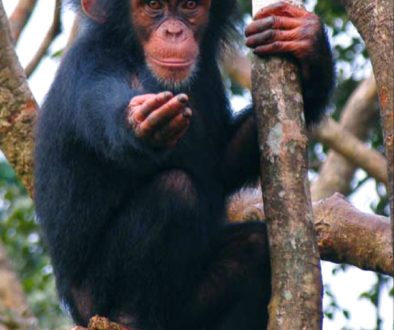Antidote Europe’s expert contribution recognised
Test results obtained by Antidote Europe based on the toxicogenomic evaluation of 22 chemical substances are now registered on an international database, which is a very positive sign indeed.
Results of a study by Antidote Europe on harmful chemicals have now been registered on an official website. Twenty-two of the 28 substances tested, among them ingredients found in pesticides and cosmetics, have now been logged in the prestigiousMIAME  (Minimum Information About a Microarray Experiment) database. This is a major boost to the use of toxicogenomics in the field of toxicity testing. Toxicogenomics — the study of how genes respond to environmental stress and toxic substances — is now increasingly being seen as a scientifically sound non-animal method of yielding data on the deleterious effects that chemicals may have on human health and the environment.
(Minimum Information About a Microarray Experiment) database. This is a major boost to the use of toxicogenomics in the field of toxicity testing. Toxicogenomics — the study of how genes respond to environmental stress and toxic substances — is now increasingly being seen as a scientifically sound non-animal method of yielding data on the deleterious effects that chemicals may have on human health and the environment.
This latest development is especially relevant to the new EU chemicals directive (REACH), which entered into force on 1st June 2007 and which calls for animal testing on a massive scale. The advantages of toxicogenomics, in terms of its relevance to human health, overall cost and time saving benefits, points to animal experiments as being “bad science” — a term used to describe animal tests by a senior scientist within the European Commission.
Notes to editors:
1. MIAME reference numbers: E-TOXM-31 and A-MEXP-798
2. REACH (registration, evaluation and authorisation of chemicals – Directive 2006/121/EC)
4. Microarray analysis has become a widely used tool for the generation of gene expression data on a genomic scale. Although many significant results have been derived from microarray studies, one limitation has been the lack of standards for presenting and exchanging such data. The Minimum Information About a Microarray Experiment (MIAME), describes the minimum information required to ensure that microarray data can be easily interpreted and that results derived from its analysis can be independently verified. The ultimate goal of this work is to establish a standard for recording and reporting microarray-based gene expression data, which will in turn facilitate the establishment of databases and public repositories and enable the development of data analysis tools (ref. Nature Genetics 29, 365 – 371 (2001) doi:10.1038/ng1201-365)


